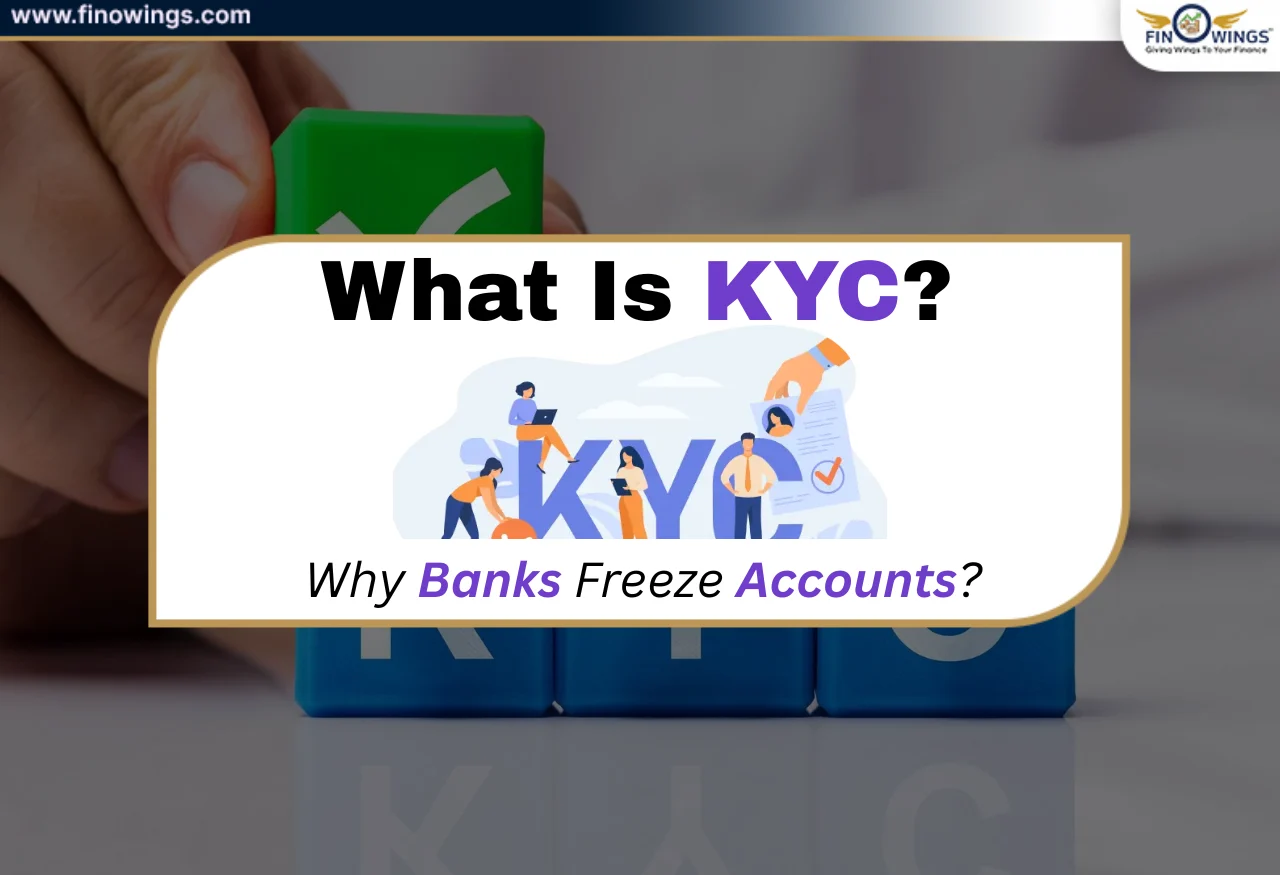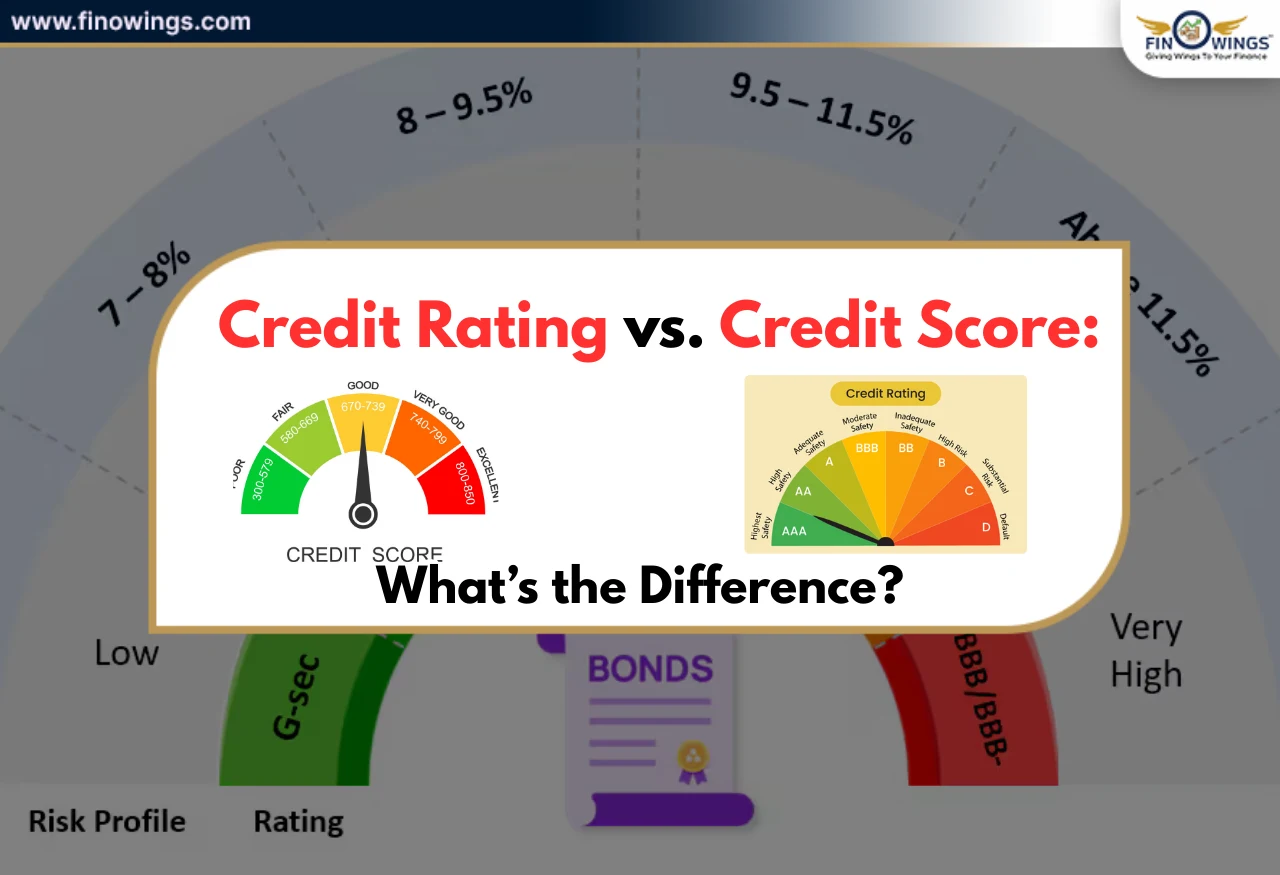Home >> Blog >> DSCR: Company Analysis Ratio Every Investor Must Understand
DSCR: Company Analysis Ratio Every Investor Must Understand

Table of Contents
- Introduction
- What Is Debt Service Coverage Ratio (DSCR)?
- How Does DSCR Work?
- Debt Service Coverage Ratio Formula & How To Calculate DSCR?
- What Is A Good DSCR or Debt Service Coverage Ratio?
- How Important Is the Debt Service Coverage Ratio?
- Reason Behind Your Low Debt Service Coverage Ratio
- How Can Company Improve the Debt Service Coverage Ratio (DSCR)?
- The Bottom Line
Introduction
You all know that for the smooth functioning of any business, there is a need to raise funds. There are ample ways to raise funds for your business, and one of the main ones is through loans. When you apply for a loan for a business, lenders use several qualitative and quantitative metrics to assess the worthiness of your business before granting a loan. Debt Service Coverage Ratio or You can also call it DSCR, is the most important of these metrics, making it easy for the lender to understand whether you can repay the debt on time and in full.
The lender gives you debt with several personal or business conditions. Despite this, the loan is often only paid to them partially and on time. Therefore, they also assess the additional aspects of the business before granting the loan. Estimating your business's DSCR helps the lender to understand how large a debt your business can take, whether your business can take a small loan or not, and on what terms your business should get financing.
For your information, DSCR is calculated through a formula, and it's not easy to calculate DSCR. Today in this blog, we will have an in-depth discussion on DSCR, what goes into its calculation and which lenders check DSCR. Also, how to improve the DSCR of your business, which will make it easier for the business to raise funds. This metric is crucial for any business. So without delay, let's jump into it.
What Is Debt Service Coverage Ratio (DSCR)?
Simply put, DSCR, or Debt Service Coverage Ratio, calculate the ability of companies and businesses to manage their current debt obligations using the available resources. The DSCR shows how much cash your business can generate. Calculation of DSCR helps lenders, investors, and financiers to assess the financial position of the company. It also allows stakeholders to check whether the business can clear its short-term and long-term dues.
After the DSCR assessment and the availability of resources, it becomes easier for financial institutions to decide whether to sanction the debt application or not. The higher the debt service coverage ratio of a business, the greater the chances of obtaining a loan or credit.
To derive the DSCR, net operating income is divided by total debt service. For example, suppose the debt service coverage ratio is less than 1. In that case, the net operating income generated by the business is insufficient to meet all its debt-related obligations. But a bank never sanctions the loan only by estimating the DSCR; it also gives equal importance to other aspects.
How Does DSCR Work?
Let us now understand how the DSCR ratio works. However, several tools measure the ability to pay off debt, such as the debt-to-total assets ratio and the debt-to-equity ratio. DSCR is also one of them, which financial institutions often use. In other words, the debt service coverage ratio is an indicator of the financial health of a business.
As mentioned above, net operating income is divided by debt servicing to get the DSCR ratio. Net operating income means earnings before interest, taxes, depreciation, and amortization (EBITDA).
Debt Service Coverage Ratio Formula & How To Calculate DSCR?
The most common formula for DSCR -
|
Debt Service Coverage Ratio (DSCR) = Business's Annual Net Operating Income / Business's Annual Debt Payments |
After knowing the formula of DSCR, let us now calculate it. First, you must determine your business or company's annual net operating income.
To get your business's EBITDA, add back interest, depreciation, taxes, and amortization to the business's annual net income. Adding these expenses to your income helps standardize DSCR—three things you need to do before getting your company's debt service coverage ratio.
Step1:- Calculate Annual Net Operating Income / EBITDA
The simple way to calculate your business's EBITDA or net operating income is to use the business's cash flow statement. Only sometimes use accounting software applications to calculate your business's net income or financial statements. For example, let's say your business has annual sales revenue of $600,000. Next, add up all your annual expenses. The following expenses are given below:-
- Payroll - $120,000
- Rent - $50,000
- Marketing - $20,000
- Inventory - $40,000
- Postage - $1,000
- Taxes - $150,000
- Interest Payment - $10,000
- Depreciation - $30,000
- Amortisation – $20,000
Deducting all taxes, you get net income.
$120,000 + $50,000 + $20,000 + $40,000 + $1,000 = $231,000
But to calculate EBITDA or net operating income, you need to add back the following expenses:-
- Taxes - $150,000
- Interest Payment - $10,000
- Depreciation - $30,000
- Amortisation – $20,000
Now your net operating income = $231,000 + $150,000 + $10,000 + $30,000 + $20,000
= $441,000
Step2:- Calculate Annual Debt Payments
- Building Loan = $90,000
- Business Loan = $10,000
It makes your annual loan payment total $100,000. For your information, the loan payment includes the principal payment and the required interest payment.
Step3:- Debt Service Coverage Ratio
DSCR = Net Operating Income (EBITDA)/ Annual Debt Payments
DSCR = $441,000 / $100,000
= 4.41
The DSCR ratio of the business is 4.41, which means that the business's cash flow is quite good, and every loan can be covered easily.
It is also possible to calculate DSCR every month.
What Is A Good DSCR or Debt Service Coverage Ratio?
Most lenders prioritize the debt service coverage ratio before granting a debt. First, it helps understand the financial health of the applicant's business. It helps the lender and the investors identify the right business for investment.
In most cases, lenders look for businesses with a minimum DSCR of at least 1.15. A business with a ratio lower than this has very little chance of getting a loan. In addition, a business's 1.15 DSCR ratio indicates that the business has good cash flow and can repay any debt with interest.
So let us now see how to interpret your DSCR ratio:-
Less than 1 - A business or company having a DSCR ratio of less than one means that the cash flow of your business is not good or normal. In other words, your business needs to generate more income to cover any debt fully. Therefore, a ratio of less than one makes it impossible for any business to obtain a credit line or loan. However, if you include your income, you may be eligible for a short-term loan.
Equal to 1 - If your business or company's DSCR ratio equals 1, your business has enough income to cover the current debt but not enough cash to take on extra debt.
More than 1 - A DSCR ratio greater than one indicates that your business's net operating income exceeds your current debt obligations. As we told you above, the higher the DSCR ratio, the more financially stable your business is. Therefore, lenders and investors usually prefer businesses with a DSCR ratio of more than 1.
How Important Is the Debt Service Coverage Ratio?
DSCR ratio is significant for any company or business. This shows the ability of the business to take loans, and the business's cash flow is vital from the investment point of view. Investors do not invest much money in any business; if you want to raise funds for your business through investment, you have to take great care of the financial condition of your business.
Reason Behind Your Low Debt Service Coverage Ratio
There can be many reasons for your business or company's low debt service coverage ratio, the main one being insufficient net operating income. There is certainly no doubt that your business's insufficient net operating income can be temporary. For example, if you have a wedding decoration business, your operating income will likely be higher during the wedding season. However, the net operating income of your business will be low during the rainy season. Therefore, your business's low net operating income indicates that your business needs more operating income to pay off current or additional debt.
How Can Company Improve the Debt Service Coverage Ratio (DSCR)?
- Increase net operating income -
The best way to increase your business's DSCR ratio is to increase your net operating income. You can expand the products or services of your business to increase the net operating income. Also, consider increasing the value of products or services.
- Reduce your operating expenses
Consider this to improve your debt services coverage ratio. Sometimes it is better to reduce the costs of products and services.
You may seek out new suppliers, negotiate new contracts with your old vendors, or even consider reducing your workforce as a drastic decision to reduce your business's operating costs.
The Bottom Line
Thus you know that the Debt Service Coverage Ratio (DSCR) is an essential metric for lenders and investors to assess the financial position of your business. It helps the lender understand whether your business or company can repay the debt or not. Therefore, by improving the DSCR ratio of your business, you will increase your chances of getting a loan and improve the health of the overall finances of your business.
















